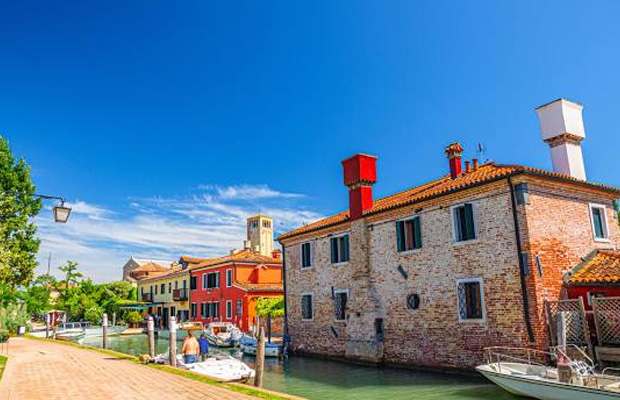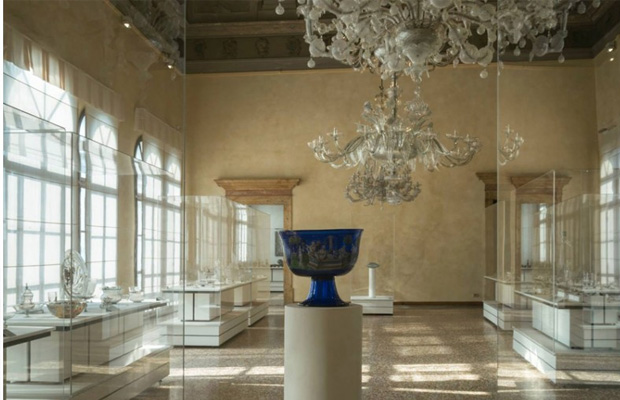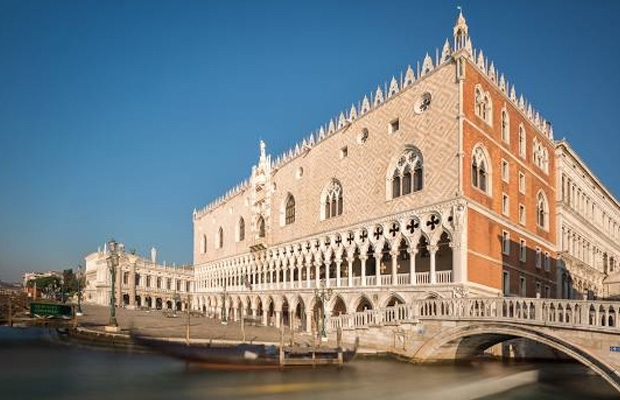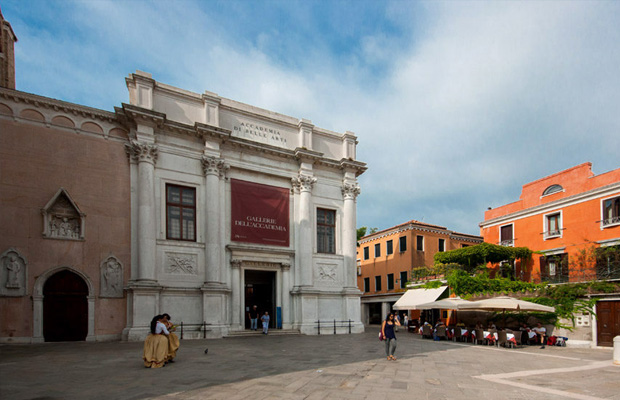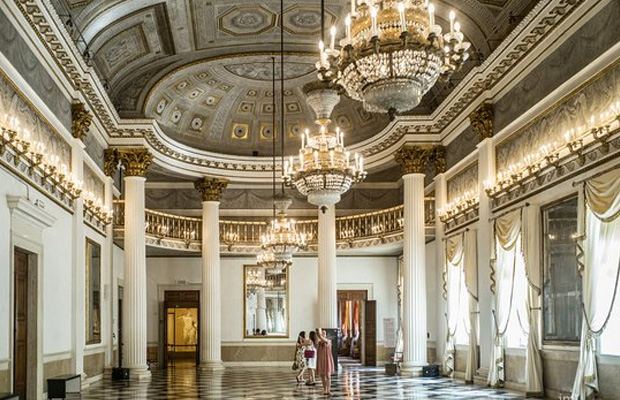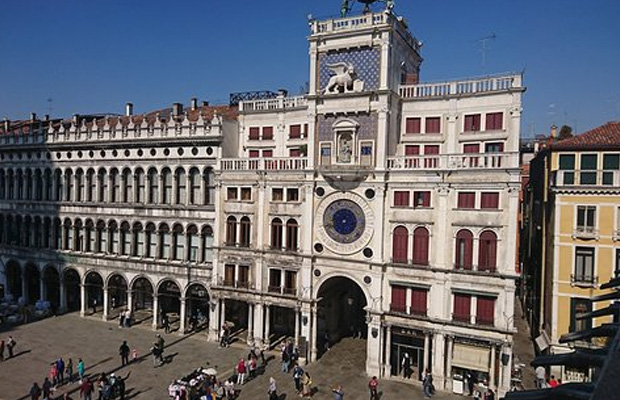Torcello Venice
Torcello Venice
Italy
Venice
Venice Travel Guide
Book Tour & Activities
Your tour in Venice.
Book your stay
Your hotel in Venice.
Overview
Torcello is a sparsely populated island at the northern end of the Venetian Lagoon, in north-eastern Italy. It was first settled in the year 452 and has been referred to as the parent island from which Venice was populated. It was a town with a cathedral and bishops before St Mark's Basilica was built.
Torcello is a sparsely populated island at the northern end of the Venetian Lagoon, in north-eastern Italy. It was first settled in the year 452 and has been referred to as the parent island from which Venice was populated. It was a town with a cathedral and bishops before St Mark's Basilica was built.
History
After the downfall of the Western Roman Empire, Torcello was one of the first lagoon islands to be successively populated by those Veneti who fled the terra ferma (mainland) to take shelter from the recurring barbarian invasions, especially after Attila the Hun had destroyed the city of Altinum and all of the surrounding settlements in 452.[5] Although the hard-fought Veneto region formally belonged to the Byzantine Exarchate of Ravenna since the end of the Gothic War, it remained unsafe on account of frequent Gothic (Sarmatian) invasions and wars: during the following 200 years the Lombards and the Franks fuelled a permanent influx of sophisticated urban refugees to the island’s relative safety, including the Bishop of Altino himself. In 638, Torcello became the bishop’s official seat for more than a thousand years and the people of Altinum brought with them the relics of Saint Heliodorus, now the patron saint of the island.
Torcello benefited from and maintained close cultural and trading ties with Constantinople: however, being a rather distant outpost of the Eastern Roman Empire, it could establish de facto autonomy from the eastern capital.
Torcello rapidly grew in importance as a political and trading centre: in the 10th century it had a population often estimated at 10,000-35,000 people, with 20,000 the most commonly cited estimate.[6] However, some recent estimates by archeologists place it at closer to a maximum of 3,000.[7] In pre-Medieval times, Torcello was a much more powerful trading center than Venice.[8] Thanks to the lagoon’s salt marshes, the salines became Torcello’s economic backbone and its harbour developed quickly into an important re-export market in the profitable east-west-trade, which was largely controlled by Byzantium during that period.
The Black Death devastated the Venice Republic in 1348 and again between 1575 and 1577.[9] In three years, the plague killed some 50,000 people. In 1630, the Italian plague of 1629–31 killed a third of Venice's 150,000 citizens. A further serious issue for Torcello specifically was that the swamp area of the lagoon around the island increased by the 14th century, partly because of the lowering of the land level. Navigation in the laguna morta (dead lagoon) was impossible before long and traders ceased calling at the island. The growing swamps also seriously aggravated malaria.
As a result, by the late 14th century, a substantial number of people left the island for Murano, Burano or Venice. In 1689, the bishopric transferred to Murano, and by 1797, the population had dropped to about 300. It now has a full-time population of just 10 people, including the parish priest, according to some sources and only 12 in 2018.
Adjacent body of water: Venetian Lagoon
Province: Metropolitan City of Venice
Video Travel Inspiration
See Torcello Venice on Map
Most Popular Cities

Siem Reap
Cambodia
Ho Chi Minh City
Vietnam
Beijing
China
Paris
France
London
United Kingdom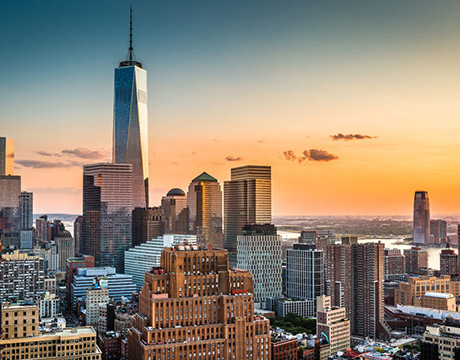
New York
USA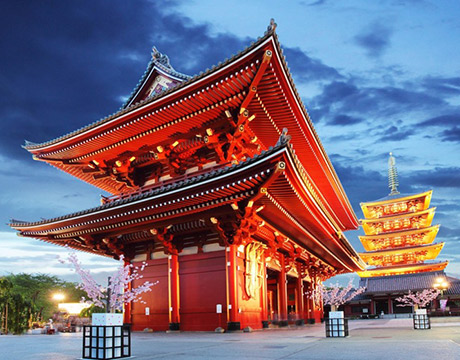
Tokyo
Japan
Bangkok
Thailand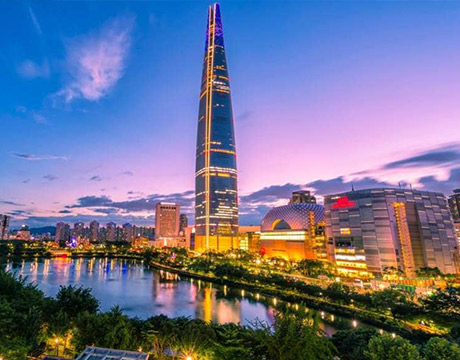
Seoul
South Korea
Vientiane
Laos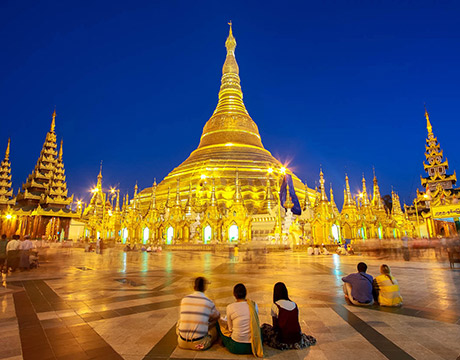
Yangon
Myanmar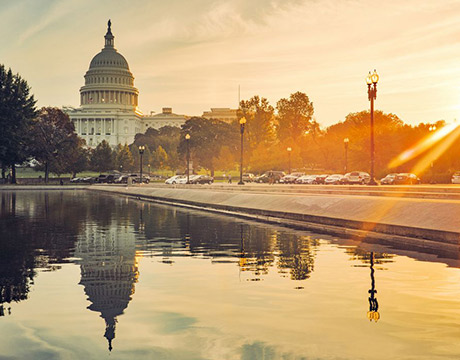
Washington DC
USA
Los Angeles
USA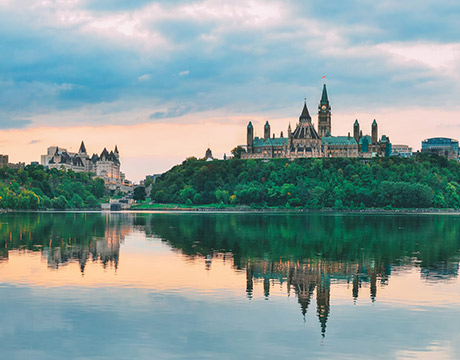
Ottawa
Canada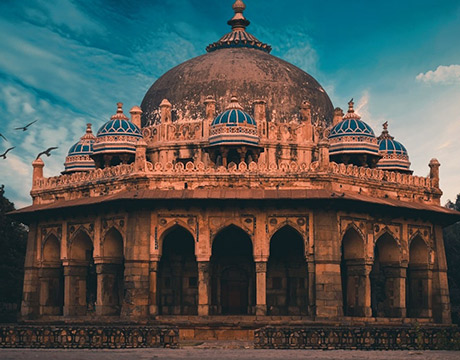
New Delhi
India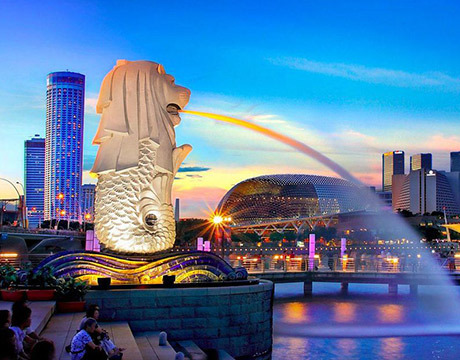
Singapore
Singapore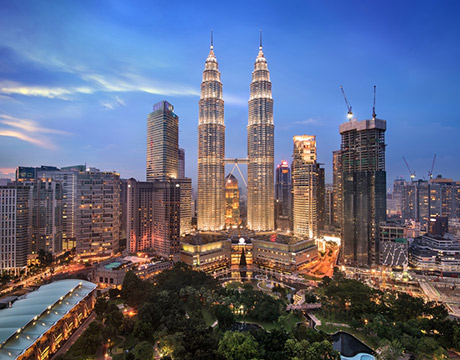
Kuala Lumpur
Malaysia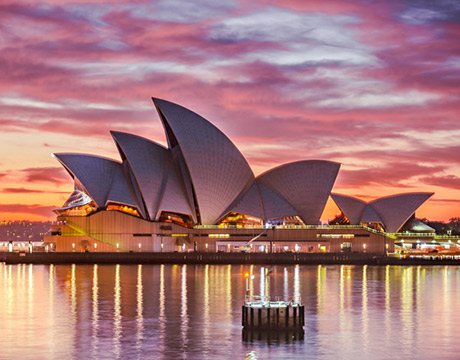
 English
English French
French Khmer
Khmer Thai
Thai Vietnamese
Vietnamese Chinese
Chinese Korean
Korean German
German Japanese
Japanese Italian
Italian Russian
Russian Spanish
Spanish Dutch
Dutch Indonesian
Indonesian Malay
Malay
